Precautions to Avoid Slips and Falls in Your Home
Slips and falls can happen in the blink of an eye, often leaving us with more than just a bruised ego. They can lead to serious injuries, especially for children and older adults. That's why it’s crucial to take proactive steps in creating a safe environment at home. By understanding the common causes of slips and falls, you can implement simple yet effective precautions that will help protect you and your loved ones. This article delves into essential safety measures, environmental adjustments, and personal habits that contribute to a safer living space.
Identifying the primary causes of slips and falls is crucial. Many accidents occur due to environmental hazards, poor lighting, and clutter. For instance, did you know that wet floors are one of the leading causes of home accidents? It’s like walking on ice without realizing it! Other common culprits include:
- Uneven surfaces: Cracks in the floor or uneven tiles can catch you off guard.
- Loose rugs: They may look cozy, but they can be a trip hazard waiting to happen.
- Inadequate lighting: Poorly lit areas can obscure obstacles, making it hard to navigate safely.
By recognizing these hazards, you can take steps to minimize risks and create a safer home environment.
Proper lighting can dramatically reduce the risk of falls. Imagine trying to walk through a dark hallway at night; it’s like navigating a maze blindfolded! To enhance illumination in key areas of your home, consider the following strategies:
- Install bright LED bulbs in stairways and hallways.
- Use motion-sensor lights for entryways and bathrooms.
- Add night lights in bedrooms and bathrooms to guide your way.
These simple adjustments can make a world of difference, illuminating potential hazards and helping you avoid accidents.
A clutter-free environment is essential for safety. Think of your home as a stage; if it’s cluttered, it’s hard to perform without tripping over props. Maintaining tidy spaces not only looks good but also significantly reduces the risk of falls. Make it a habit to:
- Regularly clear pathways of shoes, bags, and other items.
- Organize your belongings to keep frequently used items within reach.
- Encourage family members to put things back in their designated spots.
By creating a clean and organized environment, you’ll minimize obstacles that could lead to slips and falls.
Flooring choices play a significant role in preventing slips. It’s essential to consider the slip resistance of different materials. For example, while hardwood floors are beautiful, they can be slippery when wet. Here’s a quick comparison of common flooring types:
| Flooring Type | Slip Resistance |
|---|---|
| Tile | Moderate to High |
| Carpet | High |
| Vinyl | Moderate |
| Hardwood | Low |
When selecting flooring, opt for materials with better slip resistance, especially in high-risk areas like kitchens and bathrooms.
Handrails and grab bars provide essential support, especially for the elderly or anyone with mobility issues. Installing these safety features in bathrooms, stairways, and other critical areas of the home can significantly reduce the risk of falls. Think of them as safety nets; they offer stability when you need it the most. Make sure to:
- Install grab bars near toilets and in showers.
- Ensure handrails are securely attached to walls along staircases.
These small additions can make a big impact on safety and confidence when moving around your home.
Non-slip mats can enhance safety in high-risk areas. Whether in the kitchen or bathroom, these mats can prevent slips on wet surfaces. When choosing mats, look for those with rubber backing and textured surfaces for maximum grip. It’s like giving your floors a safety blanket!
The right footwear can significantly reduce slip risks. Wearing properly fitted, non-slip shoes at home is crucial for enhancing stability and safety. Think of your shoes as your foundation; a strong base keeps you steady. Avoid:
- Wearing socks on slippery floors.
- Using flip-flops or sandals with smooth soles.
Instead, opt for shoes with good traction to help keep you grounded.
Routine maintenance is key to preventing hazards. Just like you would check your car before a long trip, regularly inspecting your home for potential slip risks is essential. Look for:
- Loose rugs that could trip you.
- Uneven surfaces that need repair.
- Burnt-out light bulbs that need replacing.
By staying proactive, you can catch and address issues before they lead to accidents.
Awareness is vital in preventing falls. It’s important to educate all household members about safety practices. Encourage everyone to be mindful of their surroundings and to report any hazards they notice. Think of it as building a safety team; everyone plays a role in keeping the home safe!
Q: What are the most common areas for slips and falls in the home?
A: The most common areas include bathrooms, kitchens, stairways, and entryways.
Q: How can I make my home safer for elderly family members?
A: Install grab bars, ensure good lighting, and declutter spaces to create a safer environment.
Q: Are there specific types of shoes recommended for home use?
A: Yes, look for shoes with non-slip soles and good support to enhance stability.
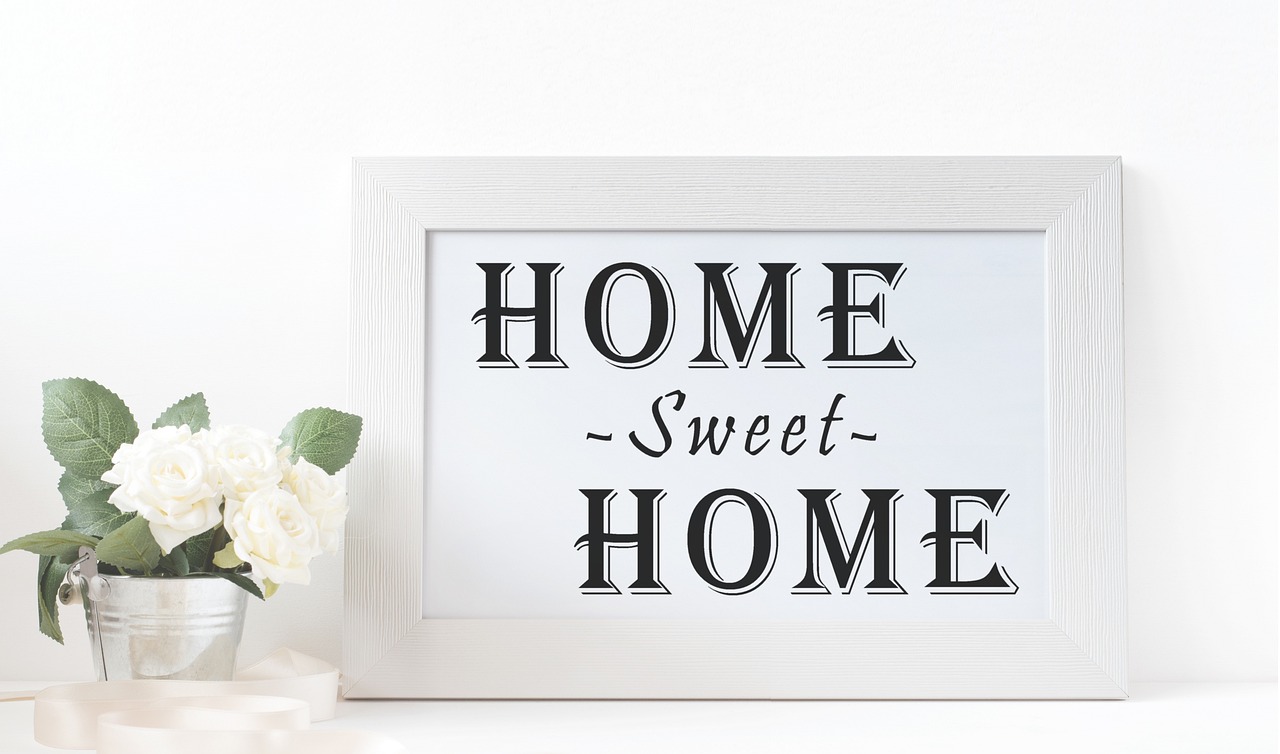
Understanding Common Causes
When it comes to preventing slips and falls in your home, understanding the common causes is the first step. You might be surprised to learn that many accidents can be traced back to a few key factors. Imagine walking through your house, and suddenly, you trip over something that was left lying around. It’s a jarring experience, and it happens more often than you think. The reality is that environmental hazards, poor lighting, and clutter can all contribute to these unfortunate incidents.
Let’s break it down a bit. First off, environmental hazards are anything in your home that can create a risk. This includes:
- Wet or slippery floors
- Loose rugs or carpets
- Uneven surfaces
Each of these hazards can catch you off guard, leading to a nasty fall. For instance, think about that moment when you step onto a wet floor without realizing it. Your foot slides, and before you know it, you’re on the ground. It’s a scary thought, but it can happen in an instant.
Next, let’s talk about lighting. Poor lighting can create a dangerous environment, especially in areas where you might not expect to encounter obstacles. Imagine trying to navigate a dimly lit hallway or staircase. You can’t see where you’re stepping, and that’s when accidents are likely to occur. Ensuring that all areas of your home are well-lit is essential. It’s not just about having a light bulb in place; it’s about making sure that the light is bright enough to illuminate all potential hazards.
Finally, clutter plays a significant role in creating a hazardous environment. A messy living room or hallway can easily become a minefield of trip hazards. Items left on the floor, shoes scattered about, or even toys can lead to falls. Maintaining a tidy space is not just about aesthetics; it’s about safety. Picture your living room as a serene oasis, free from clutter. You can move around freely without the nagging worry of tripping over something. Keeping your spaces organized can dramatically reduce the risk of accidents.
In summary, understanding the common causes of slips and falls in your home is crucial for creating a safer living environment. By addressing environmental hazards, improving lighting, and decluttering spaces, you can significantly reduce the risk of accidents. Remember, safety starts with awareness. So, take a moment to look around your home and identify any potential risks. It might just save you from a painful fall.
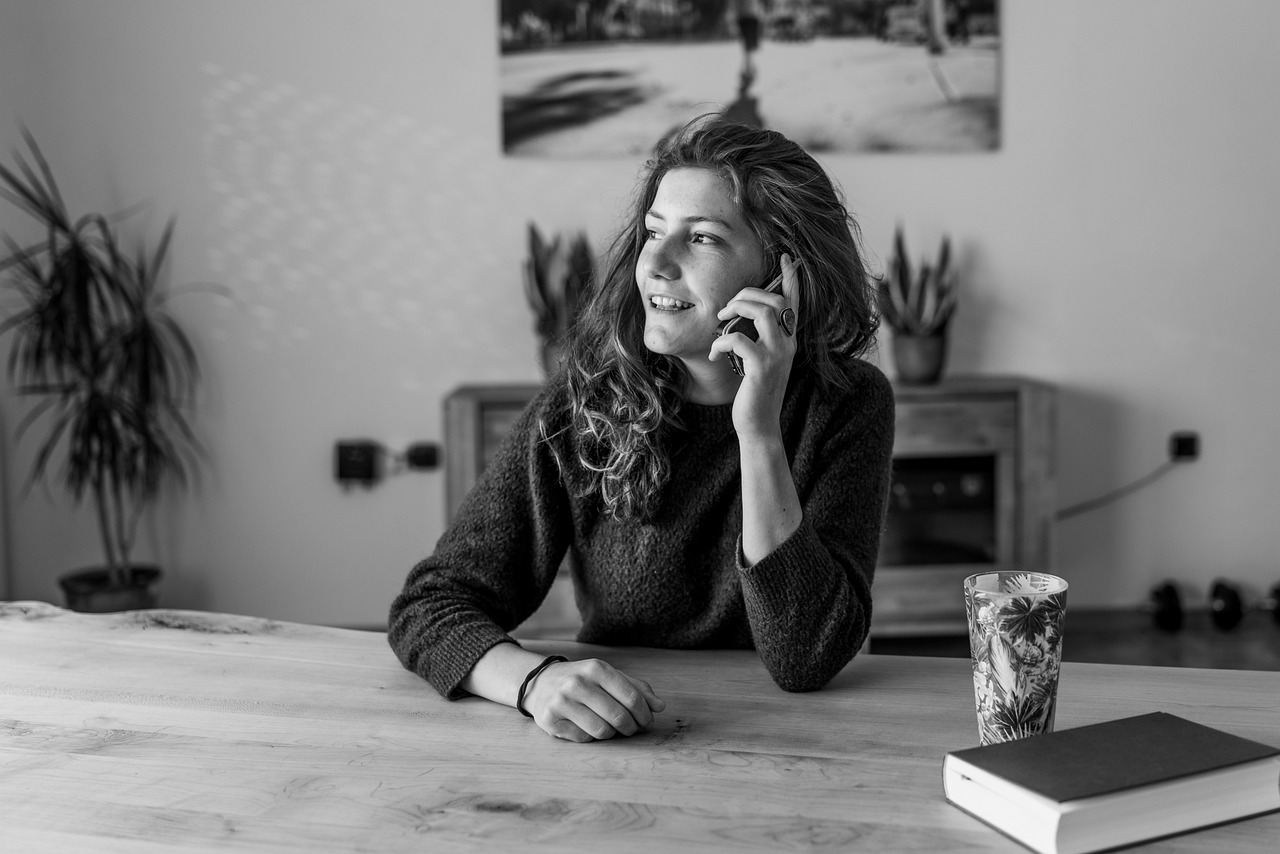
Improving Lighting
When it comes to preventing slips and falls in your home, lighting is often an overlooked hero. Think about it: how many times have you stumbled over a toy or tripped on a step simply because you couldn't see clearly? Poor lighting can create a perfect storm for accidents, turning your cozy abode into a hazardous zone. The good news is that improving lighting is a relatively simple fix that can make a world of difference.
First, let’s talk about key areas that need to shine bright. These include stairways, hallways, and entryways—places where visibility is crucial. A well-lit stairway, for instance, not only helps you navigate safely but also provides peace of mind. Consider installing bright, energy-efficient LED bulbs that illuminate these spaces effectively. You might also want to think about motion-sensor lights that turn on automatically when you enter a room or approach a staircase. This way, you won't have to fumble for a switch in the dark.
Another tip is to use light-colored paint on walls and ceilings. Light colors reflect more light, making spaces feel brighter and more open. If you have darker flooring, you might want to contrast it with lighter walls to enhance the overall brightness of the room. Additionally, don't forget about the power of natural light. Keep curtains and blinds open during the day to let the sunshine in—it's a free and effective way to brighten up your home!
Now, let’s not forget about task lighting. This type of lighting is essential for areas where you perform specific activities, like reading or cooking. Table lamps, under-cabinet lights in the kitchen, and even floor lamps can provide that extra boost of illumination where it’s needed most. By strategically placing these light sources, you can significantly reduce the chances of accidents.
Here’s a quick recap of effective lighting solutions:
- Use LED bulbs: Bright, energy-efficient, and long-lasting.
- Install motion-sensor lights: Automatically illuminate when you need them.
- Opt for light-colored paint: Reflects more light and brightens up spaces.
- Incorporate task lighting: Focused illumination for specific activities.
Finally, remember to regularly check your light fixtures. A burnt-out bulb can turn a safe path into a dark pitfall. Make it a habit to replace bulbs promptly and keep an eye on any flickering lights that might indicate a more significant electrical issue. By prioritizing lighting in your home, you're not just enhancing aesthetics; you're creating a safer environment for yourself and your loved ones.
Q: How can I improve lighting in my home without spending a lot of money?
A: Consider using energy-efficient LED bulbs, which are cost-effective and last longer than traditional bulbs. You can also rearrange furniture to allow more natural light to flow into your space.
Q: What areas of my home should I focus on for better lighting?
A: Focus on stairways, hallways, entryways, and areas where you perform specific tasks, such as the kitchen and reading nooks.
Q: How often should I check my light fixtures?
A: It's a good idea to check your light fixtures every few months for burnt-out bulbs and to ensure that all lights are functioning properly.
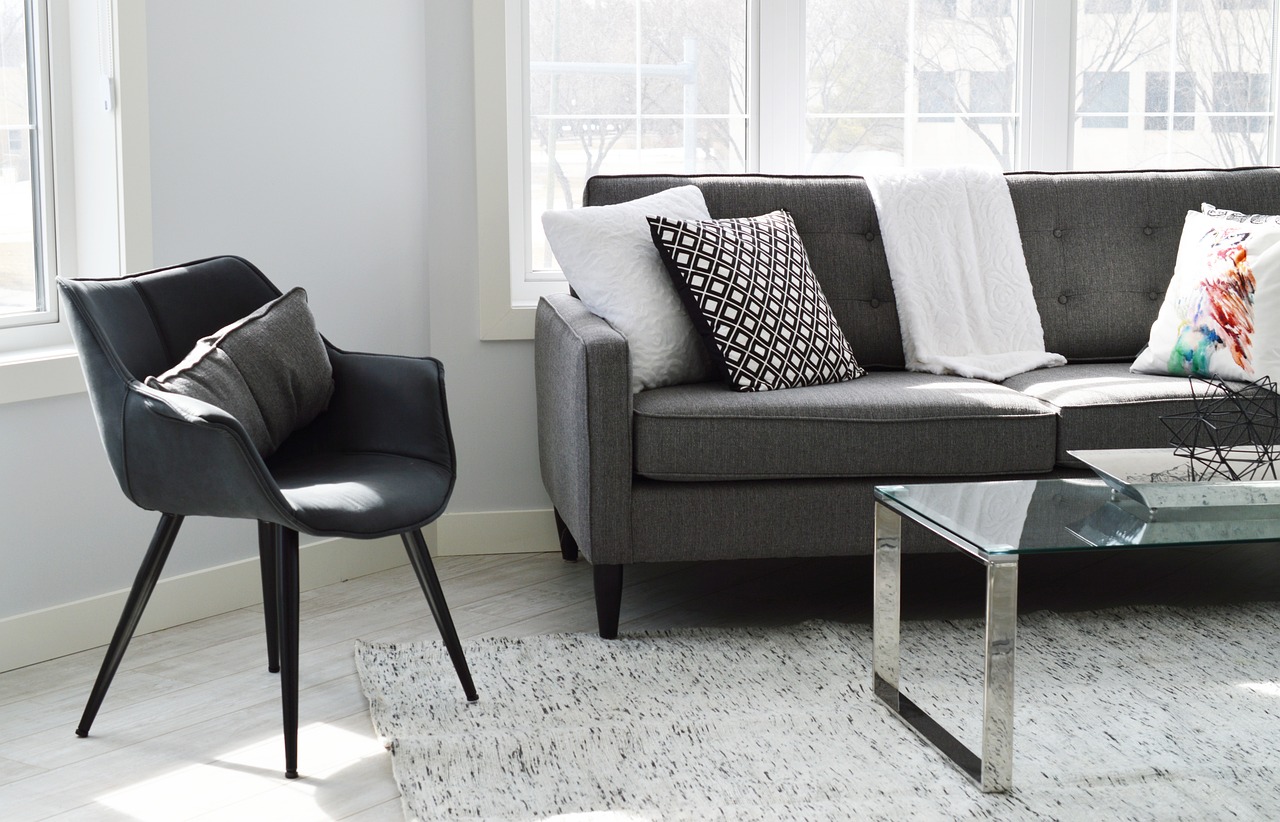
Decluttering Spaces
When it comes to creating a safe environment in your home, one of the most effective strategies is decluttering your spaces. You might be surprised at how much of a difference it can make! Think of your home as a stage; if the stage is cluttered with props, it becomes difficult for the actors to perform smoothly. Similarly, clutter can create hidden hazards that lead to slips and falls. Imagine trying to navigate through a room filled with shoes, bags, and other items strewn about. It's not just an eyesore; it's a recipe for disaster.
Clutter can come in many forms, from stacks of magazines and clothes to toys and tools left lying around. Each item adds to the chaos and increases the chances of tripping. To tackle this issue, start by assessing each room in your home. Ask yourself, "Is this space functional? Are there items here that I don't use or need?" You might be surprised to find out how many things you can let go of. Consider using the one-year rule: if you haven't used it in the past year, it's time to say goodbye.
Once you've identified what to keep and what to toss, it's essential to find a place for everything. This not only keeps your space tidy but also ensures that you can locate items quickly, reducing the need to rummage through cluttered areas. For instance, use storage bins, baskets, or shelves to organize items logically. Labeling these containers can also help everyone in the household know where things belong, making it easier to maintain order.
Additionally, consider implementing a regular decluttering schedule. This could be a weekly or monthly task where you set aside time to reassess your spaces. By making decluttering a habit, you can prevent the buildup of clutter that leads to safety hazards. Remember, a tidy home is not just visually appealing; it's a safer space for you and your loved ones.
In summary, decluttering is a crucial step in preventing slips and falls at home. By creating clear pathways and organizing your belongings, you can significantly reduce the risk of accidents. So, take a moment to look around your living space. What can you do today to make it safer? After all, a little effort now can lead to a much safer environment in the long run!
- What are some quick tips for decluttering? Start small, tackle one room at a time, and use storage solutions to organize items.
- How often should I declutter my home? It's recommended to declutter at least once a month to maintain a tidy and safe environment.
- Can decluttering really prevent slips and falls? Yes! A clutter-free space reduces obstacles, making it less likely for accidents to occur.

Choosing Safe Flooring
When it comes to preventing slips and falls in your home, one of the most critical factors to consider is your flooring. The type of flooring you choose can significantly impact the safety of your living space. It's not just about aesthetics; it's about ensuring that your floors provide a secure, stable surface for you and your family. Imagine walking through your home, feeling confident and safe underfoot—this is the goal we want to achieve.
There are various types of flooring materials available, each with its own set of characteristics that can either enhance or diminish safety. For instance, smooth surfaces like polished hardwood or tile can be visually appealing, but they may also be slippery, especially when wet. On the other hand, materials like carpet or textured vinyl can offer better traction, reducing the likelihood of slips. It's essential to weigh the pros and cons of each flooring option before making a decision.
Here are some common flooring types and their slip resistance:
| Flooring Type | Slip Resistance | Best Uses |
|---|---|---|
| Hardwood | Moderate | Living Rooms, Bedrooms |
| Tile | Variable | Bathrooms, Kitchens |
| Carpet | High | Living Areas, Bedrooms |
| Vinyl | High | Bathrooms, Kitchens |
| Laminate | Moderate | Living Rooms, Hallways |
As you can see, each flooring type has its own advantages and disadvantages. When selecting flooring for your home, consider where it will be installed. For example, bathrooms and kitchens are high-risk areas due to moisture. Using slip-resistant tile or vinyl in these spaces can significantly reduce the chances of accidents. Conversely, in areas like living rooms or bedrooms, where spills are less common, you might opt for more stylish options, keeping in mind the need for safety.
Additionally, you should think about the texture of the flooring. Textured surfaces tend to provide better grip, especially for individuals who may be more prone to falls, such as seniors or young children. If you're unsure about your current flooring, consider adding rugs or mats with non-slip backing in high-traffic areas to enhance safety.
In conclusion, choosing the right flooring is a vital step in creating a safe home environment. By being mindful of the materials and textures you select, you can minimize the risk of slips and falls, ensuring that your home remains a sanctuary of comfort and safety for everyone.
- What is the safest type of flooring for homes with elderly residents?
Carpet and textured vinyl are generally considered safer due to their high slip resistance. - Can I make my existing flooring safer?
Yes! You can add non-slip mats or rugs and ensure that any spills are cleaned immediately. - How often should I check my flooring for safety?
It's a good practice to inspect your flooring regularly, at least once every few months, to ensure there are no loose tiles or worn-out carpets.
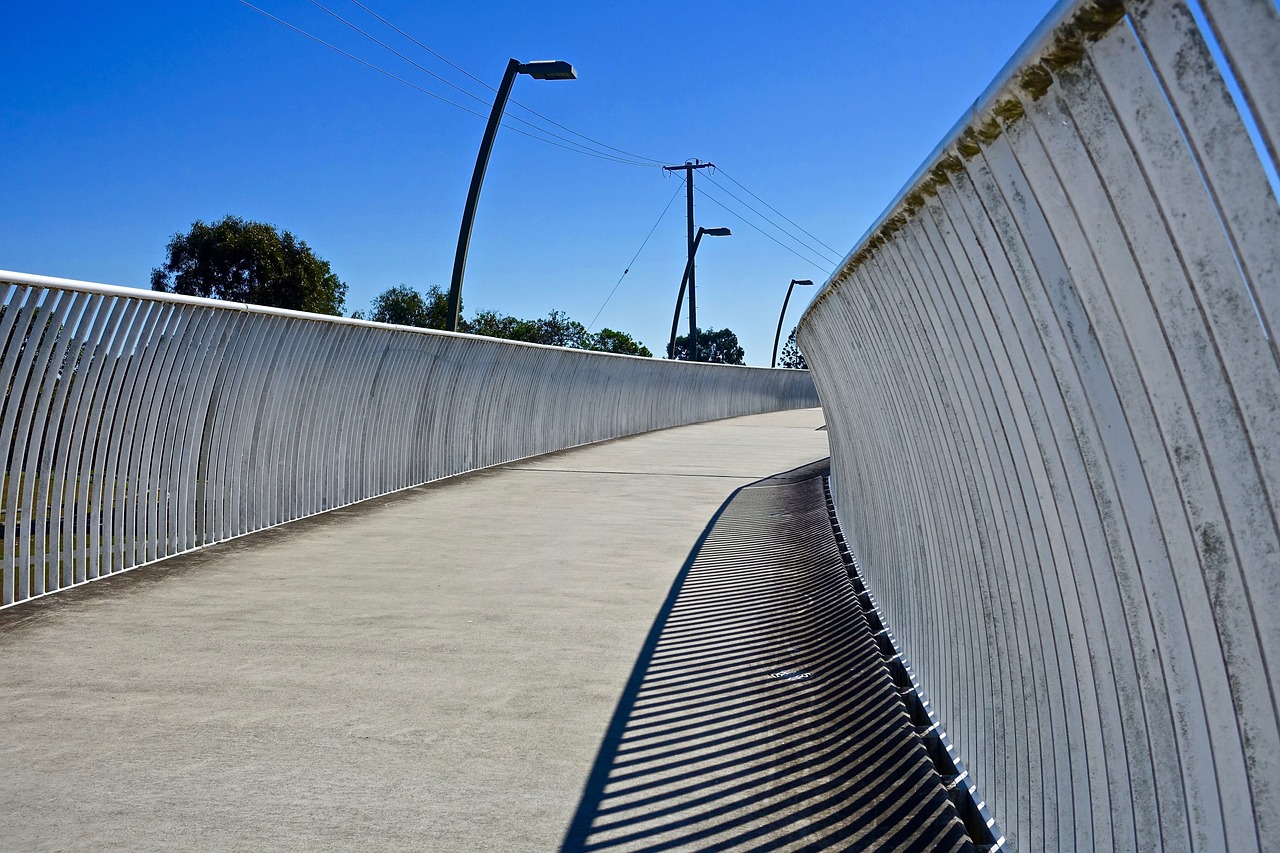
Installing Handrails and Grab Bars
When it comes to ensuring safety in your home, handrails and grab bars are essential features that can make a world of difference. These simple installations provide crucial support, especially in areas where the risk of slipping or falling is heightened, such as staircases and bathrooms. Imagine navigating a steep staircase without the reassuring grip of a handrail; it’s like walking a tightrope without a safety net! By installing these safety aids, you not only enhance your own security but also contribute to a safer environment for family members and guests.
Handrails should be installed on both sides of staircases, as this allows for easy access and support regardless of which direction someone is coming from. The height of handrails is also important; they should be positioned between 34 to 38 inches from the stair tread, ensuring that they are comfortable and easy to grasp. For grab bars, particularly in bathrooms, placement is key. They should be installed at a height of 33 to 36 inches from the floor, allowing for a secure grip when entering and exiting the shower or bathtub.
Another critical aspect is the material of the handrails and grab bars. Opt for materials that provide a good grip, even when wet. Stainless steel is a popular choice due to its durability and resistance to corrosion. Additionally, consider installing grab bars with a textured surface to further enhance grip. The last thing you want is for someone to struggle to hold on when they need it most.
To illustrate the importance of proper installation, here’s a quick comparison of the effectiveness of different types of grab bars:
| Type of Grab Bar | Material | Grip Texture | Recommended Location |
|---|---|---|---|
| Straight Grab Bar | Stainless Steel | Textured | Shower, Bathtub |
| Angled Grab Bar | Plastic Coated | Smooth | Near Toilets |
| Foldable Grab Bar | Aluminum | Textured | Shower |
While the installation of handrails and grab bars may seem like a straightforward task, it’s important to ensure they are securely anchored to the wall. A loose grab bar can be more dangerous than not having one at all! For this reason, it’s often advisable to consult with a professional to ensure that installations meet safety standards and local building codes.
In conclusion, installing handrails and grab bars is a proactive step in creating a safer home environment. By paying attention to the details—such as height, material, and secure installation—you can significantly reduce the risk of falls and enhance the overall safety of your living space. Remember, safety should never be an afterthought; it should be a priority!
- What is the best material for grab bars? Stainless steel is highly recommended for its durability and resistance to corrosion.
- How do I know where to install grab bars? Grab bars should be installed near areas where extra support is needed, such as showers, bathtubs, and toilets.
- Can I install handrails myself? While it’s possible, it’s advisable to consult a professional to ensure they are securely anchored and meet safety standards.
- What height should grab bars be installed at? Grab bars should be installed between 33 to 36 inches from the floor for optimal support.
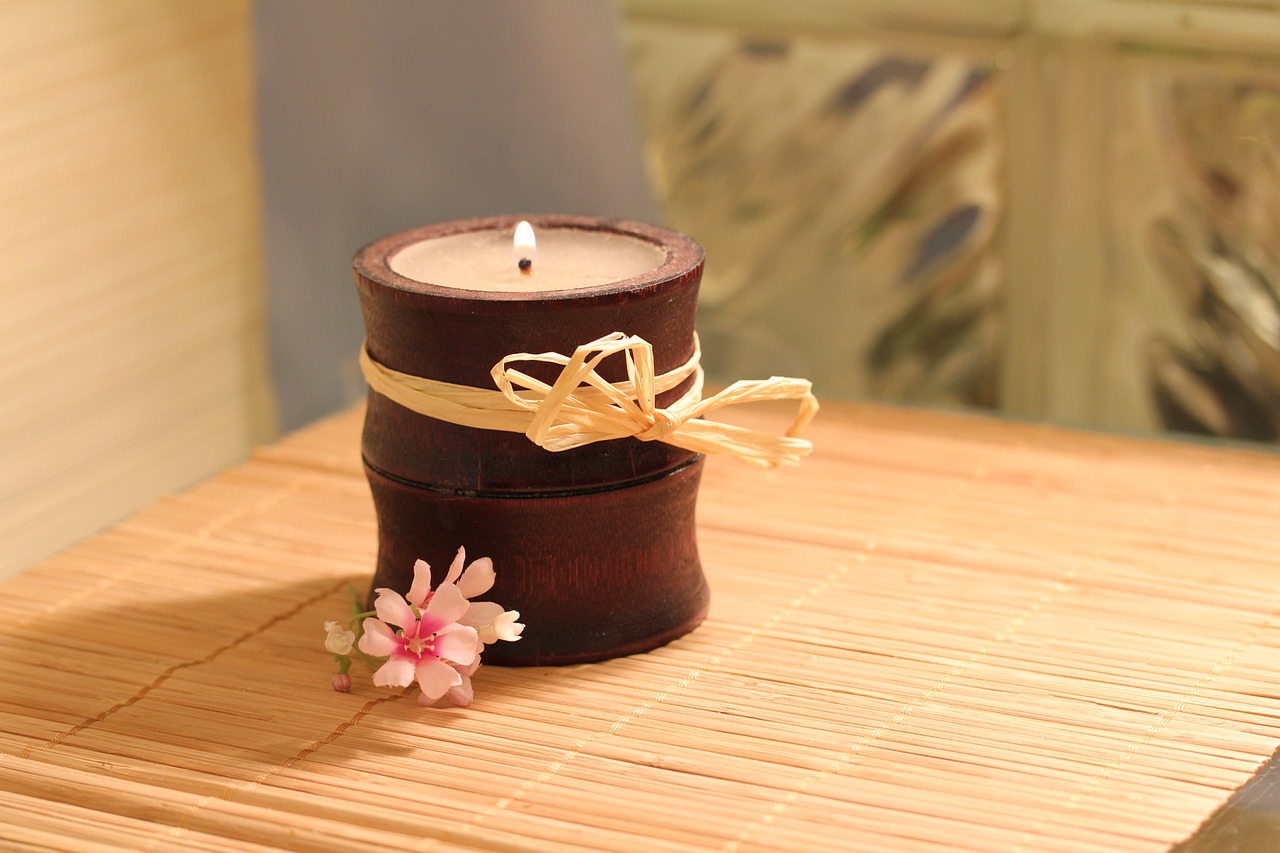
Using Non-Slip Mats
When it comes to preventing slips and falls in your home, one of the simplest yet most effective solutions is the use of non-slip mats. These mats are designed to provide extra grip and stability, especially in areas that are prone to moisture and spills, like bathrooms and kitchens. Imagine stepping out of a shower onto a slick floor; it’s a recipe for disaster! But with a non-slip mat, you can transform that risky moment into a safe one.
Non-slip mats come in various materials, sizes, and designs, making them versatile for any part of your home. For instance, rubber mats are popular due to their excellent traction and durability, while fabric mats can add a touch of style to your décor without compromising safety. When selecting a non-slip mat, consider the following factors:
- Material: Look for mats made from rubber or vinyl, as these materials typically offer superior grip.
- Thickness: A thicker mat can provide cushioning and enhance stability, which is especially important for elderly family members.
- Size: Ensure the mat covers enough area to catch any spills or water from your feet.
- Design: Choose designs that complement your home’s aesthetic while still prioritizing safety.
In addition to bathrooms and kitchens, consider placing non-slip mats in entryways, where wet shoes can create slippery conditions. You might also want to use them in laundry rooms or near sinks where spills are common. These mats not only help prevent falls but also serve as a visual cue to remind everyone in the household to tread carefully.
To maintain the effectiveness of your non-slip mats, it’s essential to clean them regularly. Dirt and grime can accumulate over time, reducing their grip. A simple wash with mild soap and water can keep them in top condition. Additionally, check for wear and tear; if a mat starts to lose its grip or shows signs of damage, it’s time to replace it.
In summary, non-slip mats are a small investment that can lead to significant safety improvements in your home. By strategically placing them in high-risk areas and maintaining their condition, you can create a safer environment for yourself and your loved ones. Remember, safety doesn’t have to be boring; with the right mats, you can combine style and functionality effortlessly!
Q: How do I know if a mat is truly non-slip?
A: Look for mats with a textured surface and a rubber backing. Many manufacturers will label their mats as "non-slip" or "anti-slip," which can help guide your choice.
Q: Can I use non-slip mats outdoors?
A: Yes, but ensure they are specifically designed for outdoor use. Outdoor mats should be weather-resistant and durable against the elements.
Q: How often should I replace my non-slip mats?
A: It’s advisable to inspect your mats regularly. If you notice any signs of wear, such as fraying edges or a loss of grip, it’s time to replace them.
Q: Are there any specific brands you recommend?
A: While there are many brands available, look for those with good reviews and a history of producing high-quality non-slip products. Always check customer feedback before making a purchase.
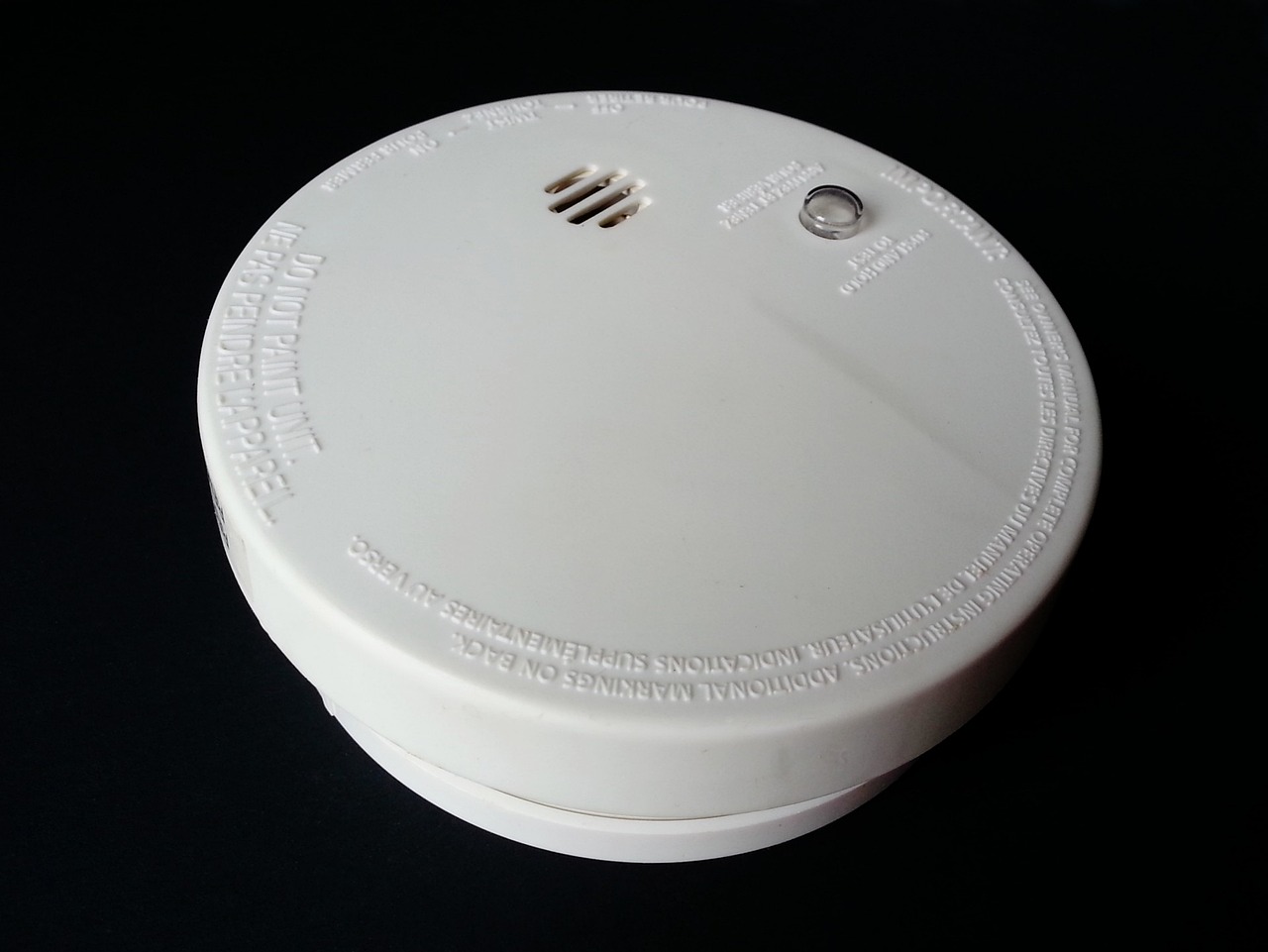
Wearing Appropriate Footwear
When it comes to preventing slips and falls in your home, one of the most overlooked yet crucial factors is the type of footwear you wear. Think about it: just like a car needs good tires for optimal performance, your feet need the right shoes to maintain stability and balance. Wearing appropriate footwear can be the difference between a graceful stride and an unexpected tumble. So, what should you consider when choosing your home footwear?
First off, it's essential to prioritize non-slip soles. Shoes with rubber soles provide better grip on various surfaces, reducing the likelihood of slipping, especially on wet or smooth floors. Imagine walking on a freshly mopped floor in socks—yikes! That’s a recipe for disaster. Instead, opt for shoes designed specifically for indoor use, which often feature textured soles that enhance traction.
Moreover, the fit of your footwear is equally important. Shoes that are too loose can lead to instability, while those that are too tight can cause discomfort, both of which increase your risk of falling. When selecting shoes, make sure they fit snugly without being constrictive. You want to feel secure, like a tight hug for your feet!
Another aspect to consider is the design of the shoe. Look for options with a wide toe box and adequate arch support. These features not only promote comfort but also contribute to better balance. High heels or flip-flops may look stylish, but they can be hazardous at home. Instead, consider options like:
- Comfortable sneakers
- House slippers with a rubber sole
- Low-heeled shoes that provide support
Additionally, it's a good idea to keep your footwear clean and in good condition. Worn-out soles can lose their grip, making them less effective at preventing slips. Regularly check your shoes for signs of wear and replace them if necessary. It’s like changing the oil in your car; neglecting it can lead to bigger problems down the road.
Lastly, if you live in a multi-level home, consider having a designated pair of shoes for each floor. This not only keeps your floors cleaner but also ensures you’re always wearing appropriate footwear tailored to the specific conditions of that area. For instance, the basement might require sturdier shoes due to its potential for dampness, while the upstairs could be fine with lighter options.
In conclusion, wearing appropriate footwear is a simple yet effective strategy to enhance your safety at home. By choosing non-slip, well-fitted, and supportive shoes, you can significantly reduce your risk of slips and falls. Remember, your feet are your foundation—treat them right!
Q: What types of shoes are best for preventing slips at home?
A: Look for shoes with non-slip rubber soles, good arch support, and a snug fit. Sneakers or house slippers with rubber soles are excellent choices.
Q: Can I wear flip-flops at home?
A: While flip-flops are comfortable, they can be slippery and provide little support. It's better to choose footwear that offers stability and grip.
Q: How often should I replace my indoor shoes?
A: Regularly check your shoes for wear and replace them when the soles start to lose grip, typically every 6-12 months depending on usage.
Q: Is it necessary to have different shoes for different areas of the house?
A: While not strictly necessary, having specific shoes for different levels or areas can help maintain cleanliness and ensure you're always wearing the safest option available.
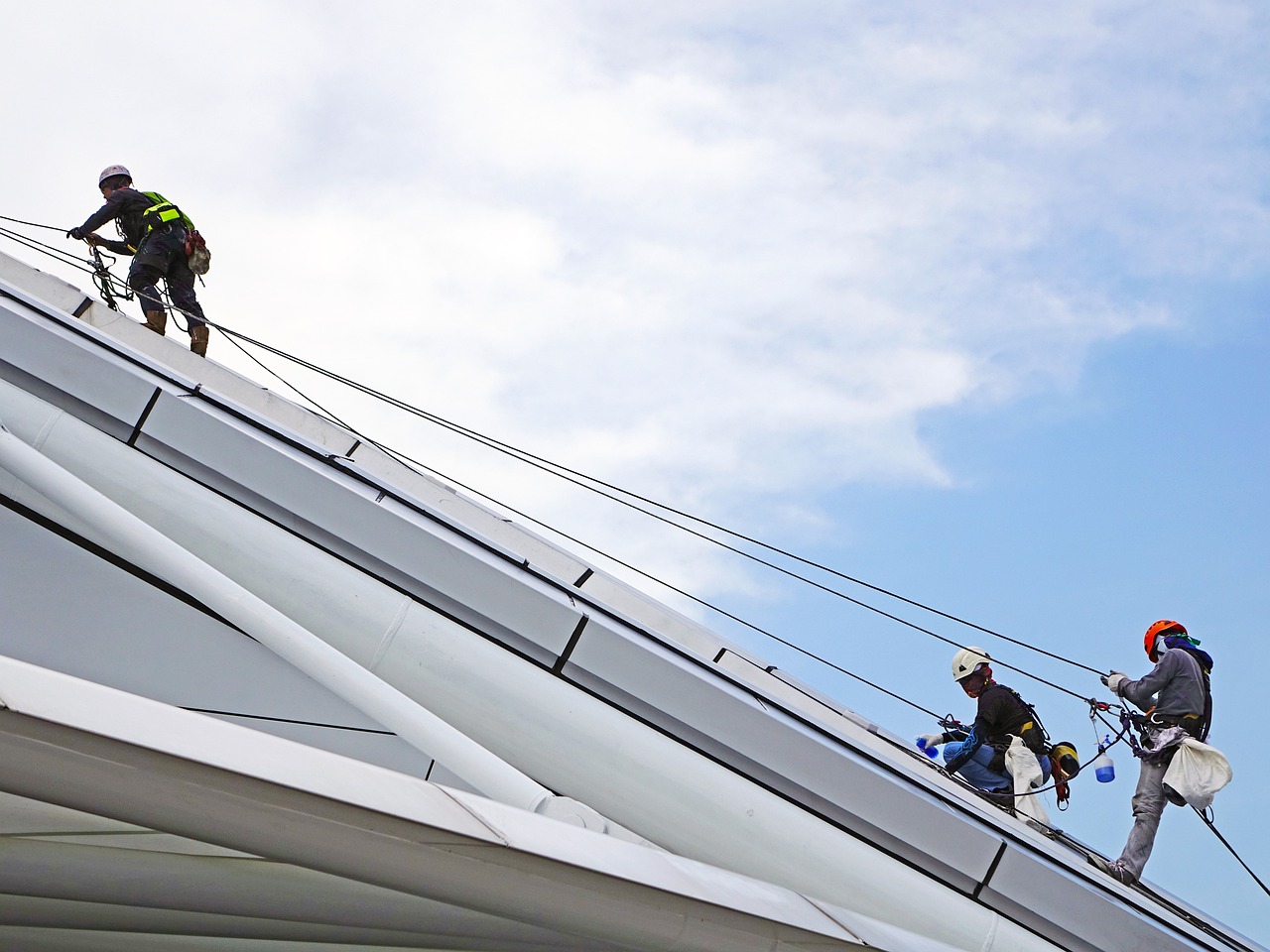
Regular Maintenance Checks
When it comes to preventing slips and falls in your home, one of the most effective strategies is conducting . Just like we take our cars for routine inspections, our homes need the same level of care and attention. Imagine your living space as a well-oiled machine; if one part is out of order, the whole system can falter. Regular checks allow you to identify potential hazards before they lead to accidents. So, what should you be looking for during these inspections?
First and foremost, keep an eye out for loose rugs or mats. These seemingly harmless items can become treacherous if they shift or curl at the edges. A simple fix, like applying double-sided tape or investing in non-slip backing, can make a world of difference. Next, inspect your flooring surfaces for any signs of wear and tear. Cracks, chips, or uneven surfaces can easily lead to trips and falls. If you find any issues, consider addressing them sooner rather than later.
Don't forget to check your staircases and handrails. Ensure that all steps are in good condition and that handrails are securely fastened. A wobbly handrail can be just as hazardous as a slippery floor. Additionally, make sure that the lighting around staircases is adequate. Poorly lit areas can obscure potential hazards, making it difficult to navigate safely.
Another area that often goes overlooked is entryways. This is the first impression visitors get of your home, but it's also a place where slips can occur due to wet or muddy shoes. Consider placing a non-slip mat at the entrance to catch moisture and dirt, reducing the risk of slipping. Regularly check to ensure that this mat is clean and in good condition.
In addition to these checks, it’s a good idea to create a maintenance schedule for your home. This can be as simple as setting reminders on your phone or creating a checklist to follow. Here’s a quick overview of what to include:
| Maintenance Task | Frequency |
|---|---|
| Inspect rugs and mats | Monthly |
| Check flooring surfaces | Every 3 months |
| Examine staircases and handrails | Every 6 months |
| Clean entryway mats | Weekly |
By making these checks a part of your routine, you not only enhance safety but also create a more welcoming atmosphere in your home. Remember, a little bit of effort goes a long way in preventing accidents. So, roll up your sleeves and take charge of your home’s safety!
- How often should I conduct maintenance checks? It's recommended to perform checks at least once a month for rugs and mats, and every three to six months for flooring and staircases.
- What should I do if I find a hazard? Address it immediately! Whether it’s fixing a loose rug or repairing flooring, taking quick action can prevent accidents.
- Are there any specific tools I need for maintenance checks? Basic tools like a flashlight for checking dark areas, a measuring tape for ensuring rugs fit properly, and cleaning supplies for entryways are sufficient.

Educating Family Members
When it comes to preventing slips and falls in your home, educating family members is not just a good idea—it's essential! Imagine your home as a bustling little city where everyone plays a role in ensuring safety. Just like in any city, if the citizens (your family members) are not aware of the potential hazards, accidents can happen. So, how do we instill a sense of safety awareness in our loved ones? It starts with open conversations about the importance of safety practices. You can gather everyone for a casual family meeting, maybe over dinner, and discuss the common risks around the house. This not only raises awareness but also encourages everyone to share their thoughts and experiences.
One effective strategy is to create a “Safety Checklist” that each family member can follow. This checklist can include simple tasks like:
- Checking for clutter in hallways and common areas.
- Ensuring that all light bulbs are functioning.
- Regularly inspecting the condition of rugs and mats.
- Using handrails when going up or down stairs.
By involving everyone in these safety practices, you not only empower them but also foster a culture of safety within your home. Consider assigning a “Safety Champion” from time to time—this could be a fun way to rotate responsibilities among family members, making safety a collective effort rather than a chore. You might be surprised at how enthusiastic they become when they realize they can contribute to the well-being of the family.
Additionally, it’s crucial to lead by example. If your family sees you consistently following safety protocols—like wearing non-slip shoes or cleaning up spills immediately—they're more likely to adopt these habits themselves. Remember, children and even adults often learn better through observation than instruction. So, make safety a part of your everyday life, and it will soon become second nature for everyone.
Lastly, don't forget to celebrate safety milestones! If your family successfully avoids any slips or falls for a month, why not have a little celebration? This reinforces the idea that safety is a shared goal and makes the learning process enjoyable. After all, a little recognition can go a long way in making everyone feel valued and engaged in the safety of their home.
| Question | Answer |
|---|---|
| Why is educating family members about safety important? | Educating family members about safety helps raise awareness of potential hazards and encourages proactive behavior, reducing the risk of accidents. |
| How can I make safety education fun for my family? | You can create checklists, assign safety champions, and celebrate safety milestones to make the process engaging and enjoyable. |
| What should be included in a home safety checklist? | A home safety checklist should include tasks like checking for clutter, ensuring proper lighting, and inspecting rugs and mats for hazards. |
Frequently Asked Questions
- What are the most common causes of slips and falls at home?
Slips and falls can happen due to various reasons, including environmental hazards like wet floors, poor lighting that obscures obstacles, and clutter that creates tripping hazards. Understanding these causes can help you take the right precautions to keep your home safe.
- How can I improve lighting to prevent falls?
Enhancing lighting in key areas such as stairways, hallways, and entryways is crucial. Consider using brighter bulbs, adding motion-sensor lights, or installing additional fixtures to ensure every corner of your home is well-lit and safe.
- Why is decluttering important for safety?
A clutter-free environment minimizes the risk of slips and falls. Keeping spaces tidy allows for clear pathways and reduces the chances of tripping over items left on the floor. Regularly organizing and cleaning your home can significantly enhance safety.
- What flooring options are best for preventing slips?
Choosing the right flooring can make a big difference in slip resistance. Materials like textured vinyl, rubber, and certain types of tile can offer better grip compared to smooth surfaces. Always look for flooring that is specifically designed to reduce slip risks.
- Where should I install handrails and grab bars?
Handrails and grab bars should be installed in high-risk areas such as bathrooms, stairways, and near entryways. These features provide essential support and can significantly reduce the risk of falls, especially for elderly family members or those with mobility issues.
- Are non-slip mats effective?
Yes, non-slip mats are highly effective in preventing slips, especially in areas prone to moisture like bathrooms and kitchens. Look for mats with a good grip and rubber backing to ensure they stay in place and provide a safe surface.
- How does footwear affect slip risks?
Wearing appropriate footwear is crucial for safety at home. Non-slip shoes with good traction can significantly enhance stability and reduce the chances of slipping, especially on slippery surfaces.
- What should I include in regular maintenance checks?
Regular maintenance checks should include inspecting for loose rugs, uneven surfaces, and any potential hazards. Look for signs of wear and tear, and ensure that all safety features like handrails and grab bars are securely installed.
- How can I educate my family about fall prevention?
Educating your family about safety practices is essential. Hold discussions about the importance of keeping areas tidy, using handrails, and wearing proper footwear. Encourage everyone to be proactive in identifying and addressing potential hazards.



















